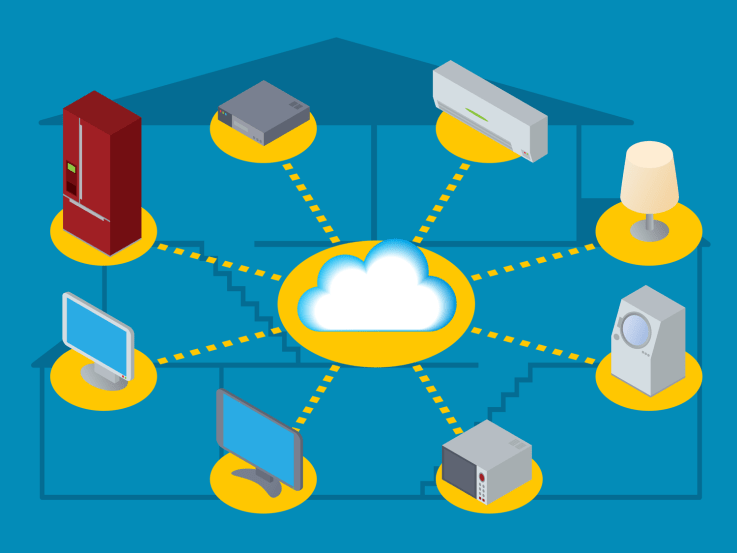
Editor’s note: Dave Evans is currently the co-founder and CTO of a Silicon Valley stealth startup. Previously he was the Chief Futurist for Cisco.
It seems everything is connected to the Internet: socks, shoes, shirts, hats, glasses, appliances, beds, homes, drones, cars and even diapers. Yet, for the Internet of Things (IoT) to play a role in shaping our future, we need to get a few things right. The statement “Those who fail to learn from history are doomed to repeat it” has never been more applicable. At the events and conferences I’ve attended this year, it’s clear that while everything is getting connected, few things are actually connected.
Some of you may recall the term “network of networks.” We are in real danger of making the same mistake again — only this time on a massive scale. With IoT, we are not taking full advantage of the Metcalfe effect where value increases exponentially as more things are connected. Instead, we are creating islands of technology.
In the early days of the Internet, the network of networks was an issue at the protocol level. Networks couldn’t communicate with each other, limiting and almost negating the benefits of the Internet. Fortunately, this problem was overcome with multi-protocol routers from Cisco and others. With IoT, the problem is at the end-user level. Today, almost all connected devices have their own apps. To get anything done, people have to jump from app to app to control disparate devices, creating a disconnected, rather than a seamless and even enjoyable experience.
And because each solution must have its own ecosystem, there are no synergies that can be leveraged to bring down costs. When you combine fractured experiences with higher costs, it’s not long before people give up and go back to the old way of doing things or try yet another solution only to become even more frustrated.
In addition to silos of products, there is too much focus on the technology itself. IoT ads, event signage, and company websites are full of terms and acronyms like ZigBee, Z-Wave, BLE, and even Wi-Fi just to name a few. An alphabet soup of protocols has rapidly emerged, with each standard hoping to fill a void or improve on another.
When technology is new, this is understandable. Even so, we need to quickly move past the focus on technical jargon. If IoT stays on its current course, more and more people will become skeptical about the value it can provide. That would be a shame, because the potential of IoT is nearly limitless.
In other articles, I described how IoT has the potential to dramatically shape the way we consume energy, manage our precious resources such as food and water, provide access to healthcare, and so much more. This is one we need to get right. Having grandiose visions for IoT is one thing, but IoT really does have the power to transform even mundane things into something remarkable.
While roaming the show floor at a recent industry event, I paused by a booth touting a connected toothbrush. On the surface this seems rather gimmicky. The story went something like this: Kids could compete by brushing their teeth longer than their siblings. The device measured how long each child brushed and uploaded the information to a mobile app. The kids who brushed their teeth longer earned points. The kid with the most points was declared the winner. While this offered some benefits, I didn’t see how it would motivate parents to replace their kids’ toothbrushes with a more expensive option.
But now think of what’s possible with IoT. Embedded low-cost sensors placed into the head of the toothbrush could check a person’s temperature, glucose levels in saliva, plaque buildup and a host of other conditions. This data could be sent to the cloud to be analyzed, and the results sent to specialists for evaluation. If early signs of problems were detected, an alert could be sent to the family dentist or doctor for preventive care. Now, this is a toothbrush I would pay more for.
To achieve these types of benefits, we must learn from our past mistakes and break down the silos that exist today. I have always been a believer that technology is a means to an end. In other words, it must serve a useful and beneficial purpose for people. We must get to the point where technology works for people, rather than people working for technology.
IoT is here, but our work is just beginning.
Source : - techcrunch.com
No comments:
Post a Comment